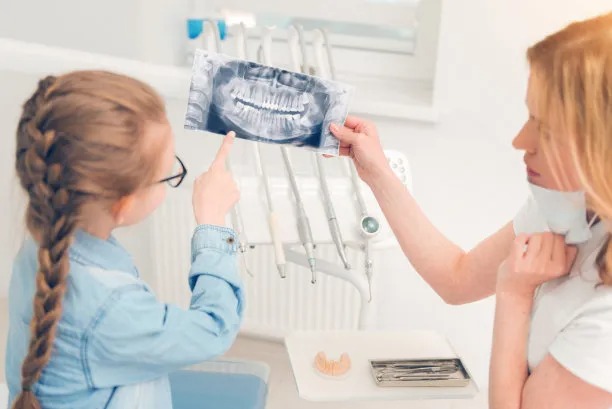The Essential Guide to Understanding the Process of Extracting a Tooth and Its Impact on Oral Health
Summary: The process of tooth extraction is a significant dental procedure that can have lasting effects on oral health. This guide delves into the intricacies involved in extracting a tooth, from the reasons necessitating extraction to the intricacies of recovery post-procedure. Understanding what to expect during and after a tooth extraction empowers individuals to make informed decisions about their dental health. Additionally, awareness of possible impacts on oral health, such as shifting teeth and changes in bite, is crucial for maintaining overall dental well-being. This comprehensive approach ensures patients are well-prepared to navigate the extraction journey and its implications.
1. Reasons for Tooth Extraction Explained

Tooth extraction may be recommended for various reasons, reflecting the complexity of dental health. Severely decayed teeth are often beyond repair, and extraction becomes necessary to prevent further complications, such as infections. Dentists assess the extent of decay through examinations and X-rays, determining if extraction is the best course of action.
Another common reason for extraction is gum disease, which can erode the bone supporting teeth, leading to tooth mobility. In advanced stages, the affected tooth may need to be removed to preserve the integrity of surrounding teeth and overall health. Additionally, wisdom teeth often require extraction when they become impacted, as they can cause pain and crowding in the dental arch.
Moreover, tooth extraction can also be a more routine procedure in orthodontic treatment. To create space for proper alignment of teeth, some teeth may need to be removed. This proactive measure helps in achieving optimal results in orthodontic procedures.
2. The Tooth Extraction Process Detailed
The tooth extraction process begins with a thorough assessment and discussion between the dentist and patient. Necessary imaging, such as X-rays, helps the dentist plan the extraction. Patients are informed about the procedure, including sedation options, which can range from local anesthesia to general anesthesia, ensuring comfort throughout.
On the day of the extraction, the dentist will begin by numbing the area around the affected tooth. In some cases, surgical extraction may be necessary, especially for teeth that have not fully erupted or are broken. The dentist employs specific tools to loosen the tooth and carefully remove it, minimizing trauma to the surrounding tissues.
Post-extraction, patients receive detailed aftercare instructions, which are crucial for effective recovery. These might include guidelines on managing pain, swelling, and dietary adjustments to promote healing. Understanding the extraction process helps demystify it, reducing anxiety associated with the procedure.
3. The Recovery Process After Extraction
Recovery following a tooth extraction varies based on the complexity of the extraction and individual patient factors. Initial recovery involves bleeding control and managing discomfort. Dentists typically advise patients to bite on gauze for the first few hours to help stop the bleeding and recommend gentle rinsing after 24 hours to maintain oral hygiene.
Patients can expect to experience swelling, which usually peaks within the first 48 hours. Ice packs can alleviate swelling, and pain medications may be prescribed or recommended to manage discomfort. Following dietary restrictions, such as avoiding hard or hot foods, can significantly impact recovery success.
Regular follow-up appointments allow dentists to monitor the healing process. Additionally, any complications, such as dry socket, can be addressed promptly. Acknowledging the steps involved in recovery fosters a smoother post-extraction experience, allowing patients to return to their normal routines more comfortably.
4. Long-Term Impacts on Oral Health
Understanding the long-term implications of tooth extraction is vital for maintaining oral health. One major concern is the potential for teeth to shift following the removal of a tooth. This shifting can lead to alignment issues and bite complications if not addressed.
Bone loss can also occur at the extraction site. When a tooth is removed, the bone that previously supported the tooth begins to deteriorate over time. This can impact the overall structure of the jaw and adjacent teeth, leading to aesthetic changes and functional difficulties.
To mitigate these long-term impacts, restorative options such as dental implants or bridges should be considered. Engaging in regular dental check-ups and discussing oral health strategies can help manage and improve dental outcomes post-extraction.
Summary: The process of extracting a tooth is both complex and consequential, affecting various aspects of oral health. Understanding the reasons for extraction, the procedure itself, recovery protocols, and long-term implications is crucial for patients. With proper care and knowledge, individuals can navigate the extraction process confidently, ensuring that they maintain optimal oral health moving forward.
This article is compiled by Vickong Dental and the content is for reference only.



